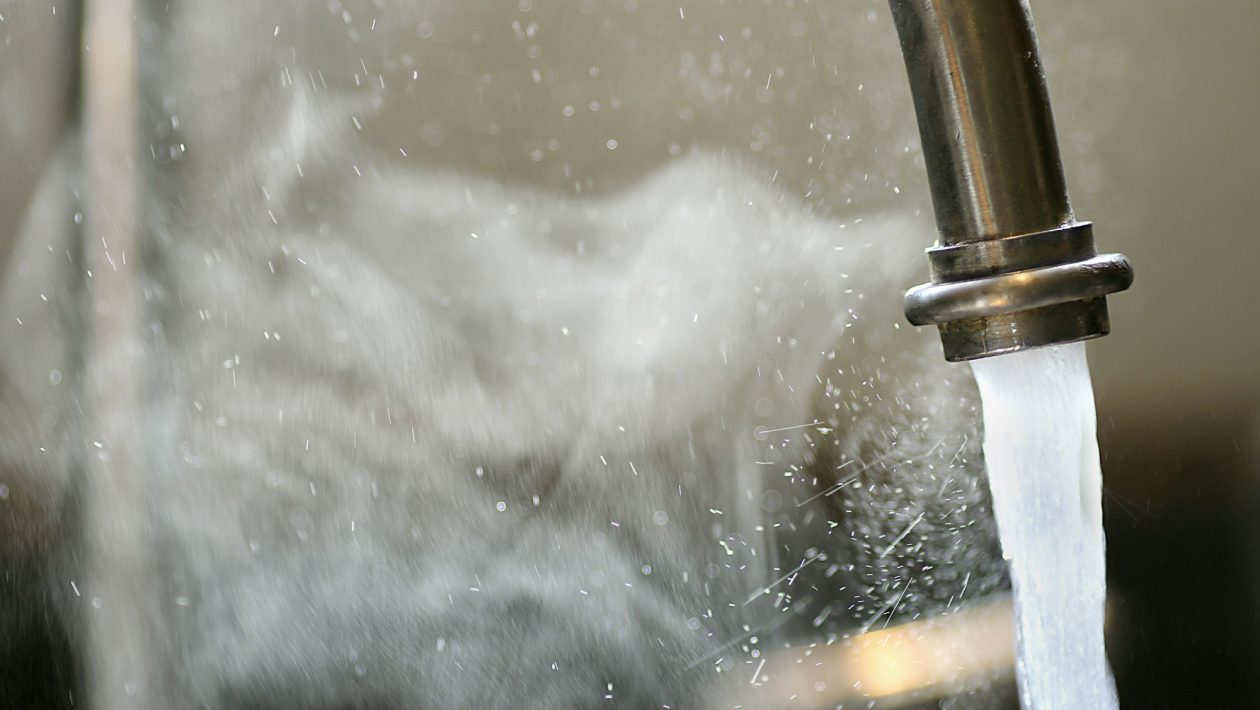Water heater tanks are an American tradition. But that tradition is changing, and many Americans are transitioning to the tankless alternative.
It’s no surprise. Tankless water heaters are up to 50% more energy efficient than their bulky competition. Since they’re wall mounted, they also require less space.
Are you on the market for an electric tankless water heater? Before you purchase a new tankless water heater for your home, you should know what to look for in a good model. The best model for you is determined by your location, water demand, and living space.
Follow our seven tips to find the tankless water heater that’s right for you.
1. Know Your Peak Hot Water Usage
A tankless electric water heater warms water only when you need it. That means it’s important to know how much hot water you actually use. You can’t rely on a massive 60-gallon water tank to get you through your peak hot water usage.
Several factors play into the unit’s heat capacity. These include the size of the tankless water heater, the heater’s strength, and the temperature of incoming water.
If you purchase a tankless water heater that can’t handle the stress of your peak usage, such as two showers running at the same time, you may want to splurge on a more powerful heater. As an alternative, you can adjust your water usage to minimize the peak. When your tankless water heater can’t keep up, you can expect tepid water and reduced flow.
2. Installing an Electric Tankless Water Heater
There are two ways to install a tankless water heater. If the conditions are right, you can install a tankless water heater system to provide hot water for the whole house. However, if your general hot water usage is too demanding, you can instead install tankless heaters as point-of-use devices.
A point-of-use heater is further down the waterline and connected to the pipes of only one or two utilities, such as a sink or shower. When one tankless heater can’t do the trick, you may have to install several smaller, less powerful ones. Include them in your renovation plans, since you’ll likely already have access to the plumbing.
3. Check the Warranty
To get the most out of your purchase, you’ll need a strong warranty. Tankless water heaters are more expensive than storage tank heaters — but you eventually save money from the energy efficiency.
A tankless water heater tends to last around 10 years, so look for warranty plans that cover most of this timeframe. Some suppliers offer even loftier warranties for their products.
According to this eco 11 tankless water heater review, the model comes with a lifetime warranty if installed by a professional. That’s certain to save you money down the road.
4. Hard Water Is Hard on Your Heater
Water impurities tend to be harder on tankless water heaters. An accumulation of gunk in your water pipes will paralyze these units. Hard water, and all its mineral buildup, is the largest culprit of deposits in your plumbing.
If your home has hard water, your tankless water heaters will suffer from a decreased lifespan and reduced flow. To combat this, you should consider a water-softening treatment system.
5. You Might Need to Change Some Plumbing
Hot water tanks tend to have their water inputs and outputs located on the top of the unit. In contrast, these ports are usually on the bottom of tankless water heaters.
Are you transitioning from a water tank to a tankless heating device? If so, you’ll be paying your plumber extra to re-orient some of your plumbing. Electric tankless water heaters only require a wired connection, but if you choose gas you’ll need to provide a line hookup and proper ventilation.
6. The Best Home Location for Tankless Heaters
The warmer your ambient water temperature, the more efficient your tankless heater. If you live in areas that are warm all year round, you’ll get the best value out of your new unit. In warmer states, tankless heaters are usually installed on the outside of the house, as the housing code allows.
Living in colder areas doesn’t bar you from enjoying a tankless heater, however. But keep in mind your water will be traveling through freezing pipes. The low water temperature means your tankless heater will struggle to adequately warm your water to the desired temperature.
Insulating your exposed pipes can help you get the most out of a tankless water heater if you live in colder states. A great thing about a tankless heater is it’s simple to disable for the winter. Draining takes only a few seconds, unlike storage tanks that hold dozens of gallons of hot water.
7. Can’t Wait for Hot Water?
Why does it take so long for hot water to reach my shower? Since a tankless heater warms your water only when you need it, your pipes are otherwise filled with cold water. This is why you may be waiting half a minute for hot water to finally arrive.
Tired of waiting? Some tankless water heaters come with recirculation pumps, which will heat the dormant water. These normally run on a timer, but some models also have Wi-Fi or smartphone connections for more control.
Get the Most out of Your Home
When it comes to heaters, there’s no doubt that an electric tankless water heater is the most efficient option. The initial price tag can be worrisome, but with a proper warranty, the unit will live long enough for you to receive a return on your investment.
Energy efficient appliances are just one way to get the most out of your home. The best way? Read our home blog. You’ll stay on top of the most recent tips and tricks with our home gurus.





